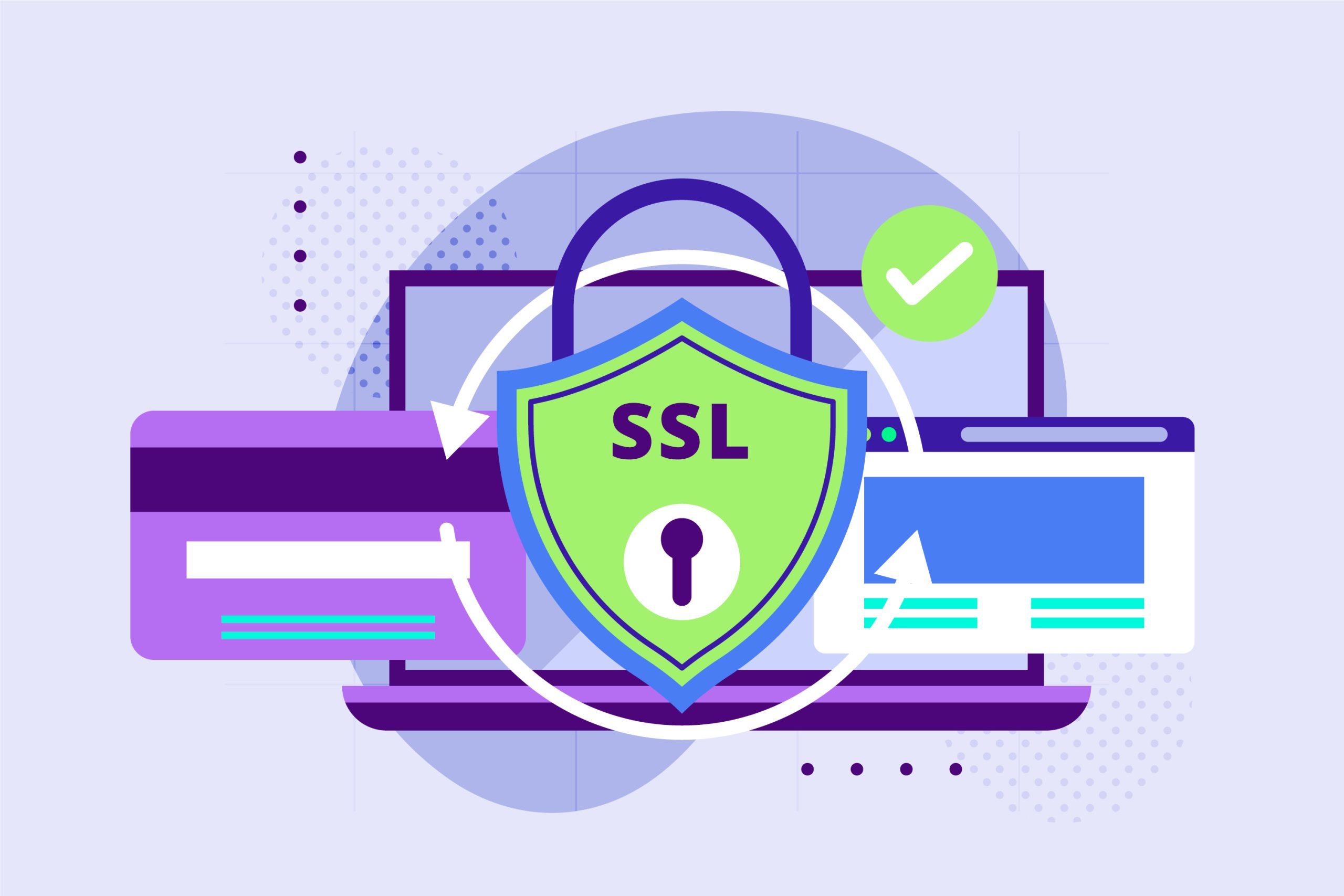What Do They Actually Do for Your Website’s Security?
Have you ever noticed the little padlock icon next to a website’s URL and felt a sense of trust? That padlock indicates that the website is using HTTPS which is powered by either SSL or TLS encryption. But what do those terms actually mean? And is there really a difference between SSL and TLS?
If you’re a business owner running a WordPress site or any kind of digital platform, understanding this isn’t just technical trivia it’s vital to your website’s credibility, user privacy, and overall security posture.
Let’s break it down in plain language.
What Are SSL and TLS And Why Do They Matter?
At their core, both SSL (Secure Sockets Layer) and TLS (Transport Layer Security) are protocols used to encrypt the connection between a website and its visitors. This encryption ensures that any data transferred like login credentials, contact forms, or payment details is scrambled during transmission and can’t be intercepted or read by third parties.
Think of it like sending a letter:
- Without SSL/TLS, it’s like writing your message on a postcard. Anyone along the way can read it.
- With SSL/TLS, it’s like sealing that postcard in a secure, tamper-proof envelope.
This is critical not just for protecting users, but also for search engine rankings (Google prioritizes HTTPS sites) and user trust. Most modern browsers will even flag sites without HTTPS as “Not Secure.”
So, What’s the Difference Between SSL and TLS?
Here’s the interesting part: SSL is outdated, and TLS is the modern, secure replacement but we still often call it “SSL” out of habit.
Here’s a quick comparison of how they stack up:
| Feature | SSL (Secure Sockets Layer) | TLS (Transport Layer Security) |
|---|---|---|
| Introduced | 1995 (SSL 2.0, then 3.0) | 1999 (TLS 1.0) to present (TLS 1.3) |
| Security | Obsolete and vulnerable | Actively maintained, highly secure |
| Supported by browsers? | No (major browsers have dropped it) | Yes TLS 1.2 and 1.3 are standard |
| Encryption strength | Lower | Stronger, faster, more efficient |
| Best for new websites? | Not recommended | Absolutely TLS is the current standard |
In other words: if your website still uses SSL (or if your hosting provider says it does), it’s time for an upgrade.
Why Do People Still Call It “SSL”?
Even though SSL is technically deprecated, the term “SSL” is still commonly used in marketing including in products like “SSL certificates.” But here’s the catch: when you buy an SSL certificate today, you’re actually getting a TLS-based certificate.
It’s a bit like saying you’re renting a “DVD” when you’re really streaming in HD the label stuck around, even though the technology moved on.
So, the next time you hear “SSL,” just know it’s the casual name but TLS is doing the real work.
How SSL/TLS Works (Without the Jargon)
Here’s a simplified explanation of what happens when someone visits your HTTPS-enabled website:
- The user types your website address.
- Their browser requests a secure connection.
- Your server responds with its TLS certificate (often called SSL cert).
- The browser checks the certificate’s validity and authenticity.
- If it’s valid, the browser and server agree on a secure connection method (called a handshake).
- The encrypted connection begins and all communication stays private.
All of this happens in milliseconds, invisibly but it’s what keeps your site and users safe.
What Does This Mean for WordPress Website Owners?
If you’re running a WordPress website, enabling HTTPS (via SSL/TLS) is no longer optional. It protects sensitive data, boosts trust, and is required by many modern features like browser push notifications and secure APIs.
Here’s what you should do:
- Make sure your hosting provider supports TLS 1.2 or higher.
- Use a valid SSL/TLS certificate (many are free via Let’s Encrypt).
- Redirect all traffic from HTTP to HTTPS.
- Install a plugin like Really Simple SSL to handle site-wide HTTPS migration on WordPress.
- Periodically test your website’s TLS configuration using tools like SSL Labs.
Upgrade your site's security with proper SSL/TLS implementation
Bytespark Digital’s Take on Security
At Bytespark Digital, we don’t just launch WordPress websites we secure them from the ground up. Every project we deliver is encrypted with a modern TLS certificate, optimized for security and performance.
We also offer:
- HTTPS migration support
- Custom security audits
- Firewall & malware protection
- Ongoing maintenance to ensure TLS protocols stay up-to-date
Whether you’re building a new website or improving an existing one, we help ensure that both your users and your data are protected at every step.
Final Thoughts: TLS Is Today’s Standard And Your Website Needs It
SSL may be a familiar name, but TLS is the future and the present. It’s faster, safer, and trusted by every major browser and search engine. If your website is still operating on HTTP or using outdated SSL protocols, it’s time to make the move to TLS-based HTTPS.
Because in today’s internet, security isn’t just about avoiding hacks it’s about building trust with every click.
Not sure if your website is using the latest security protocols?
Let Bytespark Digital run a quick, free audit and help you upgrade.
Visit: www.bytesparkdigital.com

